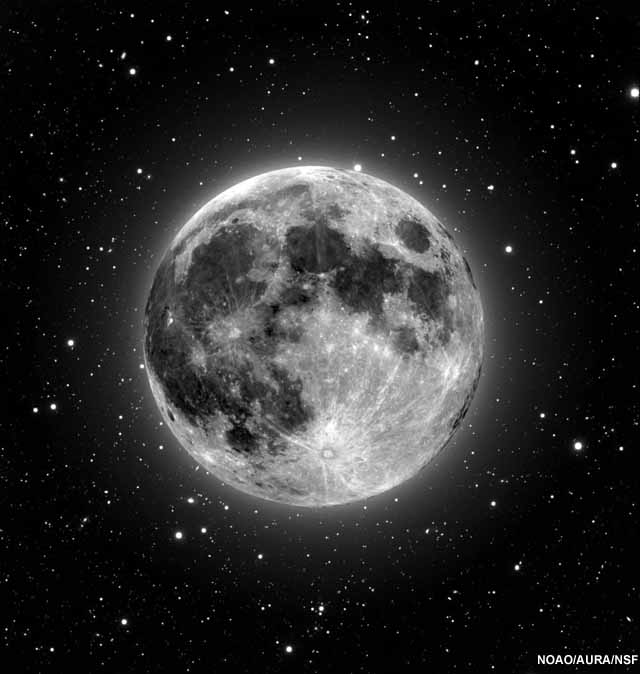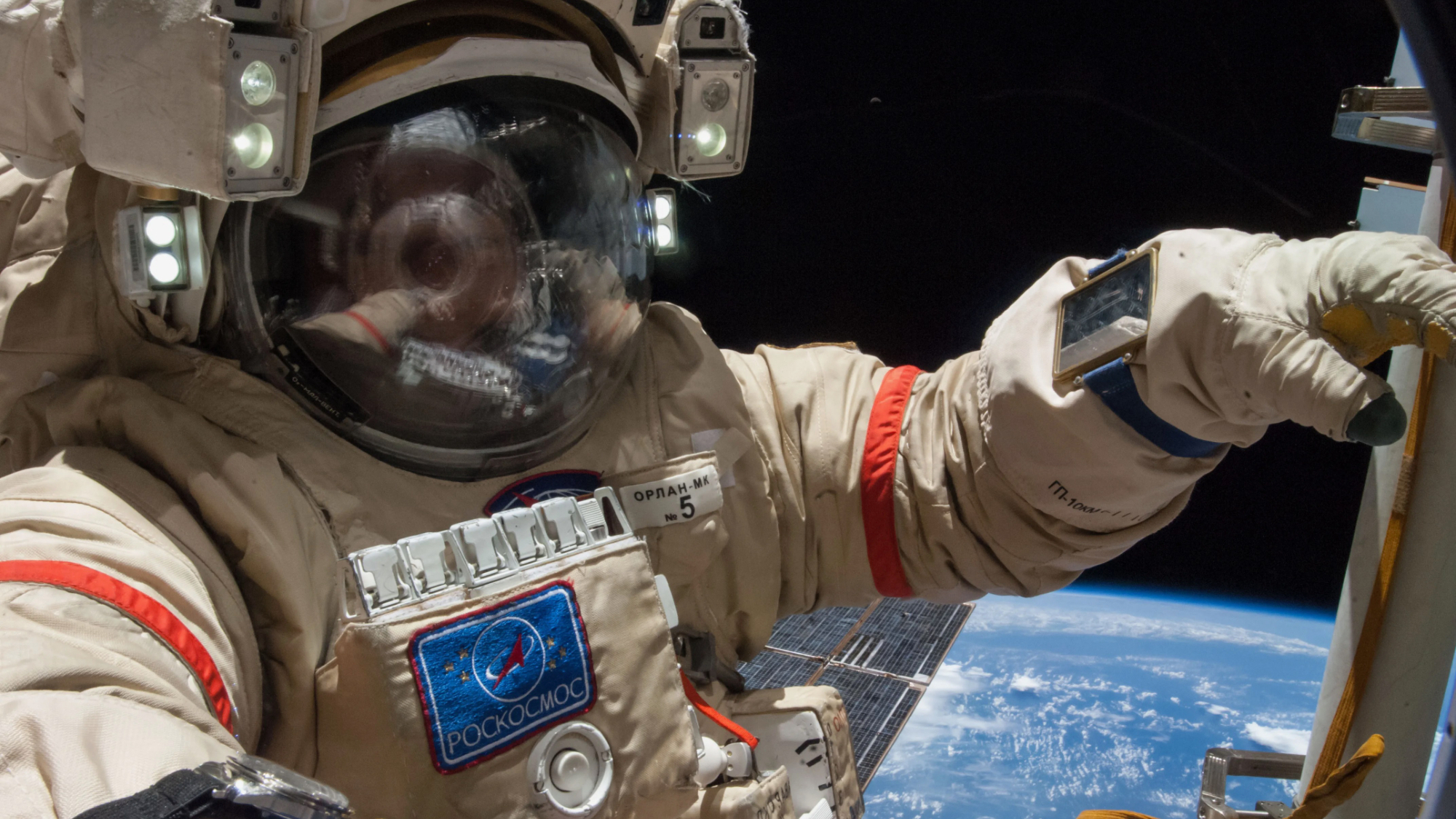The 'Supermoon' Did Not Cause the Japanese Earthquake and Tsunami

The devastating earthquake and tsunami that struck Japan early today (March 11) were "completely unrelated" to the approaching "supermoon," despite a news report that tied the earthquake to the upcoming lunar event, according to U.S. Geological Survey geophysicist John Bellini.
The supermoon will occur on March 19, when the moon is at or near its point of closest orbit — lunar perigee — and is also full. As we explained in our previous coverage of the upcoming supermoon, seismologists have found no evidence to believe that lunar perigees heighten seismic activity.
The best evidence that this earthquake was not caused by a supermoon is that it happened now — exactly a week away from the date the moon will be full, and almost a week after it was new, the two times that the moon exerts its greatest pull on the planet.
A very small correlation exists between full or new moons and seismic activity, because the stronger-than-usual tidal forces caused by the alignment of the sun and moon puts added stress on tectonic plates. [Photos: Our Changing Moon]
But this quake happened with the sun and moon askew — the time when tidal forces are weakest. Putting aside the fact that the moon doesn't trigger massive earthquakes, blaming this quake on the supermoon is like trying to pin a house fire on an arsonist who is out of town at the time of the crime.
The Japanese earthquake thus points to the fact that astrology — an astrologer was the first to suggest the supermoon could be a threat — isn't a science. That this earthquake occurred a week before an astronomical event is mere coincidence. The vast majority of earthquakes, tsunamis, volcanic eruptions and natural disasters do not follow the lunar cycle or tides. "This is something that builds up over hundreds of years," Bellini told Life's Little Mysteries.
Life's Little Mysteries is a sister site to Space.com. Follow Natalie Wolchover on Twitter @nattyover.
Breaking space news, the latest updates on rocket launches, skywatching events and more!
Join our Space Forums to keep talking space on the latest missions, night sky and more! And if you have a news tip, correction or comment, let us know at: community@space.com.

Natalie Wolchover was a staff writer for Live Science and a contributor to Space.com from 2010 to 2012. She is now a senior writer and editor at Quanta Magazine, where she specializes in the physical sciences. Her writing has appeared in publications including Popular Science and Nature and has been included in The Best American Science and Nature Writing. She holds a bachelor's degree in physics from Tufts University and has studied physics at the University of California, Berkeley.

